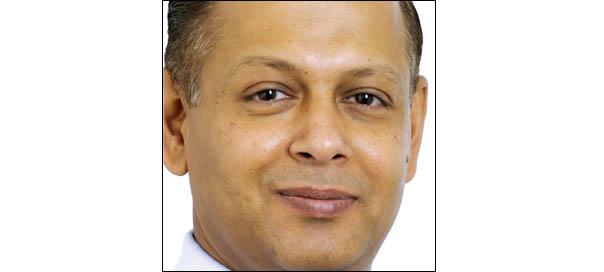Motricity, formed in 2001, provides integrated mobile content solutions for hand-held and mobile devices. IMPACT spoke to Mohit Rampal, MD, South Asia, Motricity, to find out the big learning from developed markets that can be implemented in India.
Since setting up office in APAC, how has been the experience so far?
Motricity recently set up its new data centre in New Delhi, adding to its Asia presence in Singapore, Malaysia and Indonesia. These locations play a key role in continuing Motricity’s expansion in the region. A separate development centre has also been established at New Delhi, where the Motricity Professional Services team will be based, providing support to customers across Asia and the US. This facility will engage in the entire software development lifecycle, future product development, data center management, managed services and business analytics.
The Indian mobile industry has a long way to go compared to the West. What is the big learning from the developed markets that can be implemented in India?
Based on a report by Atlantic Century, published by the Information Technology and Innovation Foundation (ITIF), which uses 16 indicators to examine the innovation-based competitiveness of 40 nations, the United States is ranked fourth — behind Singapore, Finland and Sweden. Additionally, more than half of mobile users in APAC do not have access to laptops and typically gain access to web browsing via their phones. According to On Device Research, in many developing nations, the majority of mobile Web users are mobile-only, with India at 59 per cent and these mobile-only audiences tend to be under 25. However, in countries such as US, mobile web-users are at 25 per cent and many mobile-only users are from older demographic and lower income households. It is also important to recognise that the US sells mobile phones on a locked format basis, which ties the mobile user to the carrier. However, this is not usually the situation in APAC, where telcos feel a stronger need to engage mobile users and create a more engaging experience. At the same time, the market in APAC is disparate. There are different needs for different markets, such as in Cambodia, where users’ experience basic connectivity issues. In Singapore, however, smartphones are more commonplace and operators are increasingly finding the need to make it more relevant to the smartphone user.
This is where Motricity adds value to the entire chain of experiences, with the ability to help operators engage in high level predictive analytics that enable telcos to drive relevant and intimate experiences for the end user.
What are the roadblocks that you have seen in India in mobile advertising?
Some of the challenges we foresee are mostly related to legacy systems and legacy business models present in the Indian eco-system. Some of the major roadblocks we have seen are:
• Present advertisement is based more on the internet advertisement model and just uses the mobile as a medium
• Advertisement is limited to bulk SMS wherein SMS pushers send advertisement to a population which may not be able to even read the SMS
• Advertisers need better tools to measure conversions and user behavior -- this is made more difficult when devices are so different
• Predictive analytical tools to help create contextual advertisements; thus, enabling the operator to demand a Premium
Tell us a little about the products and services that Motricity offers.
We have Motricity Connect, an operator-branded ‘front door’ to the Mobile Internet where a user can easily access the content that matters most to them on a real-time basis. Then there is Motricity Marketplace, which enables mobile operators to effectively respond to the evergrowing demand for innovative mobile content, applications and widgets with an open, integrated, high value and highly personalized mobile shopping experience. We also have Motricity Insights, a SaaS-based tool that makes enterpriseclass predictive analytics, profiling and prospect targeting a viable option for any marketer.
App development is one of your services. Can you name a few apps developed by you that have been measurably successful?
Motricity has worked with several brands such as Starbucks and Discovery Channel. The Discovery Channel campaign is a successful one. Its goal was to increase awareness of Discovery Channel’s follow up to ‘Planet Earth’ called ‘Life’ via SMS/WAP/APP media; build a mobile database of consumers willing to receive show reminders for Discovery to re-message. It also had to drive trailer views, WAP page visits and database optins via Rich SMS Ad Unit. The solution we provided was a “Trigger Click” campaign, Video + WAP + Database. It was targeted at 24-54 year olds. The result was 20,000+ video views and 5,000+ mobile database opt-ins.
Motricity acquired Adenyo for $100mn. How has the company benefited from this acquisition?
Motricity’s integration of Adenyo’s capabilities into its software as a service platform, mCore, significantly expands the company’s solution set and available target markets. Motricity further strengthens its position to capitalize on the strong growth of both smartphone and mobile advertising markets.
























